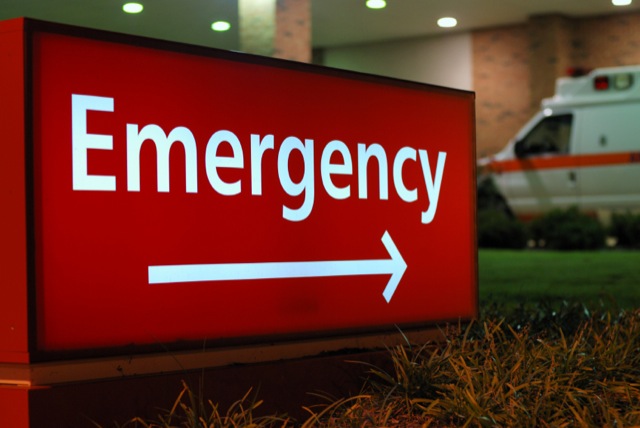
There are many things that are not in control that may cause irreparable damage to our business, such as natural disasters and calamities. Human-caused hazards can also happen as well, such as acts of terrorism and accidents. Add to these the technology-related hazards including system malfunction or breakdown, and you could find yourself closing shop temporarily or worse, for good.
This makes it crucial for business owners to have an emergency preparedness plan in place. Business recovery can be made easier when you have prepared for it, and when you have applied for alternative funding such as a business merchant cash advance to cover an unexpected expense resulting from an emergency situation. Keep in mind that how quickly you can recover from an emergency situation or a disaster depends on how well you have planned and implemented your preparedness program.
You can prepare for any emergency in your business by developing a disaster plan or preparedness program. The five basic steps are the following:
Program Management – this includes organizing, developing, as well as administering the preparedness program. During this step, you should also identify the regulations that would establish the minimum requirements for the preparedness program. Identify the members of your disaster recovery team; usually, they are also the ones in charge of the critical areas of your business: the IT manager, the HR manager, the facilities manager, and other administrators.
Planning – to plan properly, you must first gather as much information as you can about the hazards your business faces so you can assess the risks involved. By doing so, you can conduct a business impact analysis and study the different ways to you can reduce the risks and prevent hazards. Some hazards are natural disasters such as wildfires, hurricanes, tornadoes, earthquakes, and flooding.
Implementation – your preparedness plan should address the following concerns: emergency response, information technology, resource management, crisis communications, disaster response training, employee assistance, business continuity, and incident management. Indicate clearly what to do with computers, workstations, communications, servers, facilities, and workflow or staff procedures.
Testing and Exercises – in this step, you should be able to test and evaluate the plan that you have developed. Determine and define the various exercises you can conduct to test the plan, and then analyze the results so you can evaluate if your plan is effective. You must be able to test all of your critical functions, especially those that are considered high-risk or most vulnerable during a disaster. The testing can be done at your own office, at an offsite testing site, or a backup center if you have one. It is recommended to conduct a full-scale test annually.
Program Improvement – based on the results of the exercises, determine the points for improvement and make a report. Do additional research to discover different methods to make your plan be more effective.Your disaster plan should be updated regularly and your staff should be aware of it and their responsibilities when disaster strikes. With a well-detailed and implemented plan, you can resume your operations as if a disaster never happened.